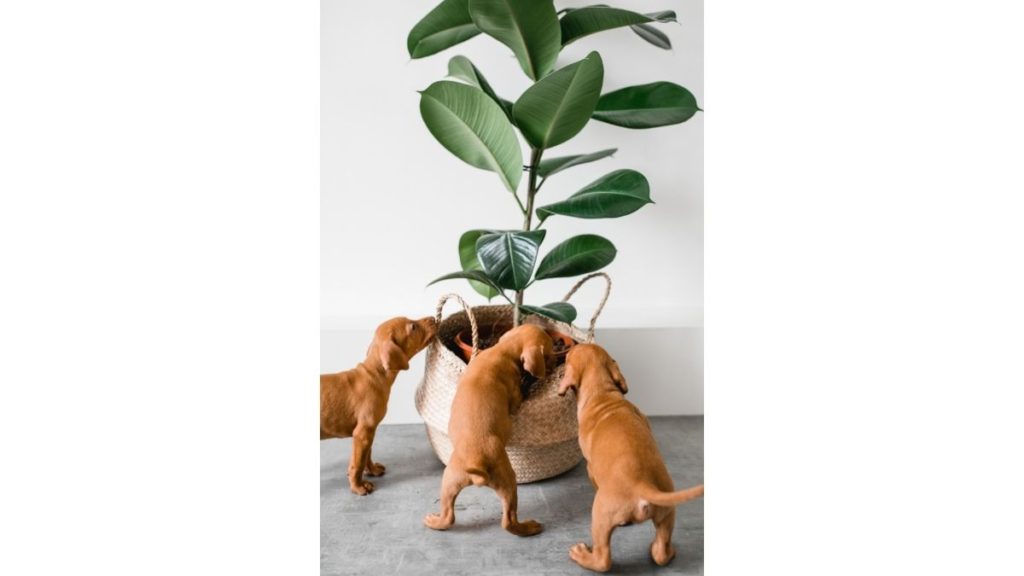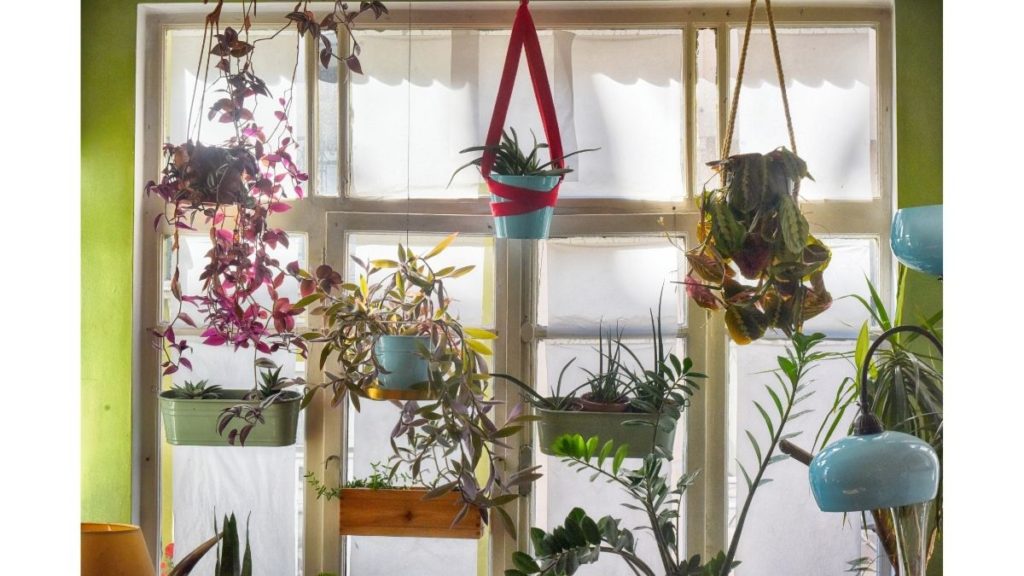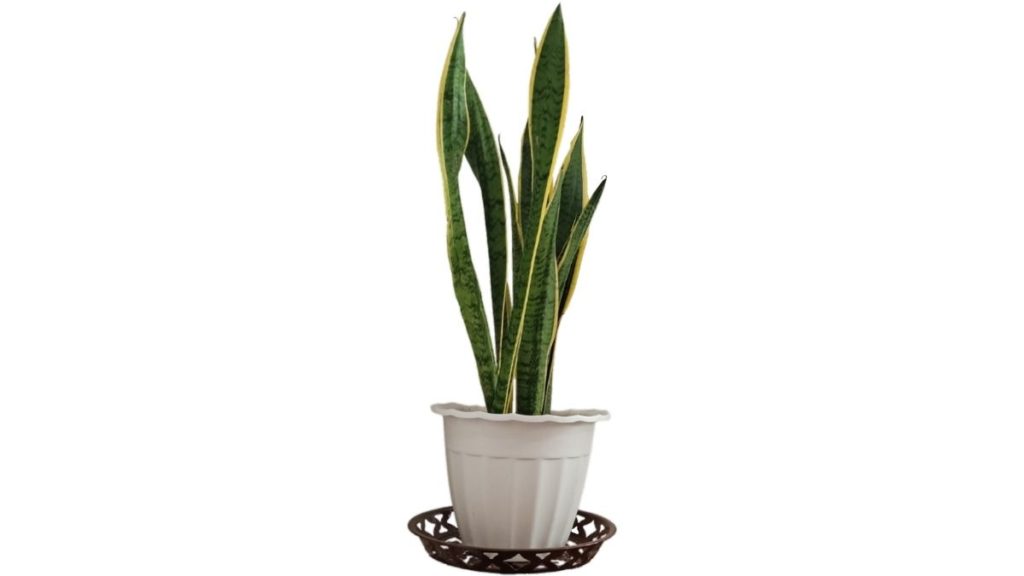Nothing can add as much beauty and comfort to our homes and offices as the luxuriant blossoms and leaves of indoor plants. Bedrooms, toilets, kitchens, and cubicles, to name a few… There isn’t a room in the house that a houseplant can’t lighten up. Simply add light and water, and you’ve got yourself an interior garden in the making.
Indoor plants not only look good but also make you feel good. Bringing plants into your home is not just aesthetically pleasing, but provides significant health advantages as well! Numerous studies show that indoor plants make you healthier and happier, providing both psychological and physical health advantages.
Buckle up your shoes as we go on a trip meeting some amazing indoor plants and understanding their benefits. Let’s get started.
What are indoor plants?
Indoor Plants are those plants that are cultivated indoors, usually in spaces like homes and workplaces for decorative purposes. Tropical or semi-tropical epiphytes, succulents, and cacti are common indoor plants. They require the right amount of hydration, light, soil, temperature, and humidity. Most indoor plants will quickly perish if these criteria are not met. In addition, indoor plants require the proper fertiliser and pot size.
Also read: Hydroponics – Everything you should know
Benefits of Indoor Plant
Indoor plants have been shown in numerous studies to make you healthier and happier, providing psychological and physical health advantages such as:
- Indoor plants help in lowering stress levels.
- Aids in sharpening your attention.
- Working with plants has therapeutic benefits.
- Helps you recover from illness quickly.
- Improve the indoor air quality.
- Increases productivity and focus in the workplace.
- Enhances pain tolerance and healing process.
Impact on Air Pollution
Indoor plants minimise volatile organic compounds (VOCs) like benzene, toluene, and xylene, as well as other pollutants in the air. The presence of indoor plants reduces these VOCs by 50-75%. Soil microbes are principally responsible for the removal of these chemicals.
Plants can generate and convert benzene, then convert it to carbon usage for future use, according to several tests of benzene purification by houseplants. It can help eliminate carbon dioxide from indoor spaces, which can lower our work performance. Plants appear to minimise airborne microorganisms while also increasing humidity.
Also read: What are air pollutants? | Types, sources and effects of air pollution
List of Indoor Plants
Here’s a list of the best indoor plants for every situation at your home:
- Low Maintenance Indoor Plants: Marble Queen Pothos, Tillandsia Ionantha
- Low Light Indoor Plants: ZZ Plant, Modern Bamboo
- Indoor Plants For Small Spaces: Snake Plant, Peperomia Obtusifolia, Opuntia Microdasys
- Indoor Plants For Pet Owners: Bird’s Nest Fern, Ponytail Palms, Pilea Peperomioides
- Flowering Indoor Plants: Anthurium, Hoyas
- Indoor Plants For Clean Air: Parlor Palm, Red Maranta Prayer Plant, Burgundy Rubber Tree Plant
Also read: Aeroponics – Process, Types, Advantages – Full Details
Best Indoor Plants having Low Maintenance
If you are someone who often forgets to water the plants or have less time to take care of them, here are some options for you:
Marble Queen Pothos
The Marble Queen Pothos is one of the easiest home plants to grow. With exquisite heart-shaped leaves and vines, they will rapidly fill your plant shelf with beauty. This low-maintenance species is good for novices or anyone who isn’t always careful with their plants. It can grow in low-light conditions and with less watering.
Bromeliad Summer
Air plants, such as Bromeliad Summer, have no roots and absorb nutrients through their leaves. This makes them a great choice for anyone who forgets to water their plants or doesn’t have time to deal with soil problems. These air plants are extremely easy to care for and require only indirect light and a monthly dip in the sink. Just make sure to dry them upside down to prevent the water from rotting the base.
Best Indoor Plants For Low Light
A wannabe plant parent living in a shady apartment? No worries, we have options for you as well.
ZZ Plant
Another good plant for beginners is the Zamioculcas zamiifolia, also known as the ZZ plant. It can resist a variety of adverse conditions, such as infrequent watering or dry air. They can also easily endure low-light conditions, which is very important for apartment residents or those who live in other shady areas. The ZZ plant is a joyful alternative for the kitchen or bathroom, and it looks great on its own or in a group with other plants.
Modern Bamboo
While many plants grown indoors require a lot of light to flourish, some plants like modern bamboo flourish well in dim light. The modern bamboo, which is a symbol of prosperity and good fortune, is easy to care for and thrives best in low-light settings. Its size makes it ideal for any tabletop or desk. As per Feng Shui principles it will bring great energy to the environment it resides in.
Best Indoor Plants For Small Spaces
Do you think that small apartments can’t offer the luxury of having an indoor garden? Not anymore after meeting these vertically growing plants.
Snake Plant
This cheerful succulent comes in a variety of colours and grows straight up, making it an excellent choice for those with little space. The narrow, upright leaves of this tropical plant have uneven banding that resembles snakeskin. Snake plants filter benzene, formaldehyde, trichloroethylene, xylene and toluene from interior air. Arrange a couple in various sizes near a bedroom window to add a touch of green to your sleeping place.
Best Indoor Plants For Pet Owners
Apprehensive about being a pet owner and plant parent at the same time? Check out these pet-friendly plants that are non-toxic to your pets.
Pilea peperomioides
Pilea peperomioides is another non-toxic plant that is great for a pet-friendly home. It’s visually appealing and easy to care for. The leaf resembles miniature lily pads, and it doesn’t require a pond. The soil needs to dry completely between waterings, which in certain regions means watering once every few weeks. and, It self-propagates when properly cared for.
Calathea Orbifolia
Calatheas don’t prefer direct sunlight since it burns their leaves. This houseplant prefers partial shade, making it ideal for a plant stand or shelf in an area with limited natural light. A regular watering regimen, as well as keeping your plant in a room with temps between 60 and 80 degrees F, will keep it healthy and hydrated. It also likes a lot of humidity, so mist it frequently or put it near a humidifier.

Best Indoor Plants For Clean Air
If you wish to use your indoor garden as an air purifier, then these are the plants you should include.
Parlor Palm
The parlour palm is a tropical plant popular for its ability to remove benzene and trichloroethylene, two pollutants typically dispersed by furniture off-gassing. It’s also a low-maintenance plant, requiring just one to two weeks of watering. It grows in indirect to low light. It’s also pet-friendly, so you won’t have to keep it locked away from your furry friends.
Red Maranta Plant
The herringbone pattern on the Red Maranta prayer plant is distinctive, with touches of red throughout. This plant not only adds charm and natural beauty to one’s house, but it also has relaxing and air-purifying properties. This plant thrives in indirect light. It’s best to keep it out of direct sunlight, as the colour of its leaves may fade and possibly burn.
Bird’s Nest Fern
The fronds of the Bird’s Nest Fern have rippled edges and grow out of a nest-like crown. It makes a stunning interior hanging plant. Indirect light and a humid climate are ideal for them. Ferns filter formaldehyde, xylene and toluene.
Shall we wrap up?
Conclusion
We saw the best options to be included in an indoor garden. There’s no doubt that investing in a few indoor plants would bring many more benefits than aesthetic beauty. Try adding a dash of green to your office room and see your productivity and mood going up. Which plants are you going to add to your living space? Comment Below.



